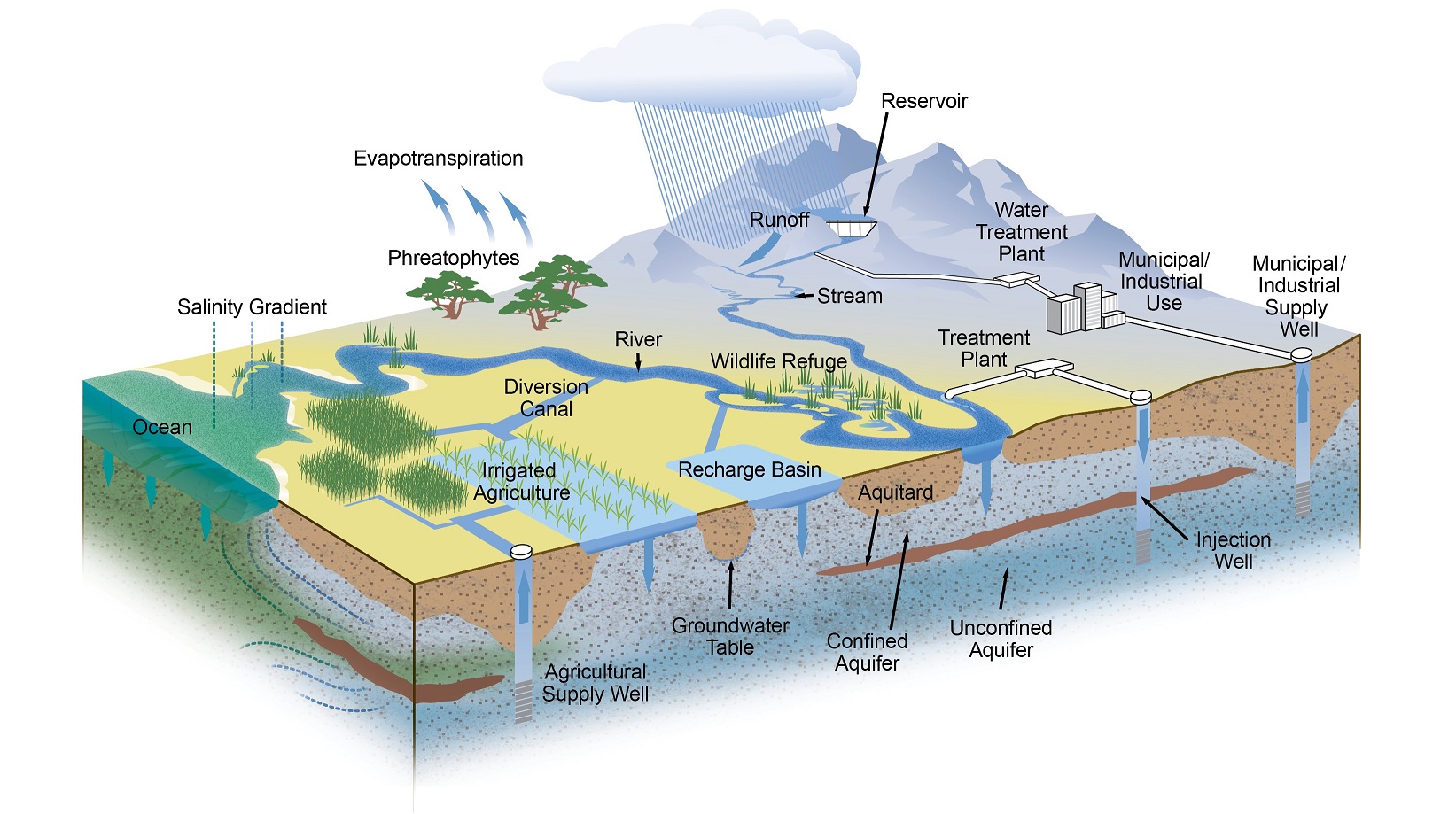In today's bustling urban environments, noise pollution has become a significant concern for both health and productivity. For businesses, high

Introduction
In civil engineering, hydrology involves applying mathematic principles and scientific knowledge to solve water-related issues in society. This may include problems like mitigation of flood, water quantity, irrigation, control, and more. Also, hydrology reports may be concerned with controlling soil erosion/ river flooding and finding water supplies for irrigated farms or cities.
Whichever the case, hydrology is an important field of study in civil MEP engineering. That’s why in this article, we’ll be looking at some applications of hydrology reports in the planning and building of civil engineering structures.
First, let’s check out the scope of hydrology in engineering!
Determining the maximum storm intensity helps to establish the site’s drainage conditions. More importantly, this information helps to design the ideal drainage system for the site.
The techniques of hydrology engineering can help to determine the proposed site’s maximum probable flood. Similarly, they can help to determine the occurrence and frequency of floods at the site. Such factors are important when building or designing hydraulic structures like reservoirs, dams, and flood control structures.
Another scope of engineering hydrology is that it promotes the study of groundwater as well as its development. This knowledge will help a civil engineer understand the impact of groundwater on recharge facilities such as streams and reservoirs, cropping patterns, climate, and so on.
When designing or constructing structures like inland navigation or municipal water tanks, it’s important to determine the basin’s water yield. This entails things like determining the water quantity, occurrence, and frequency that will be obtained from the basin.
Hydrology has a great application in the operation and design of water resources civil engineering projects. For that reason, each of these projects has to perform a hydrological analysis for proper evaluation. However, the most important application of hydrology reports In water resource engineering is in the hydraulic and structural design of water control structures. Other applications include; industrial and municipal water supply, irrigation, pollution reduction, flood control, and erosion control.
That said, let’s have a look at some of these applications;
All types of reservoirs must provide provision for passing flood flows, either around or over the dam. This may involve factors like dam height, spillway section capacity, and downstream protection work. However, all these factors will depend on the correct evaluation of flood routing and flow. Hence the need for a hydrological report when undertaking these types of projects. An overestimate can result in unnecessary expenditure, while an underestimate can lead to an unsafe design.
Disaster prevention and flood control projects range from massive, basin developments to small improvements like channel straightening or localized dredging. Either way, the probable frequency of flood must be analyzed statistically before the project is undertaken. This will allow planners and engineers to anticipate the potential flood losses that may occur in the future.
Next, a flood should be synthesized and various preliminary plans developed to protect against it. Afterward, more promising alternatives should be assessed in detail, either through hydrological models or analytically.
Hydrology reports are also used for the water supply design for industries and urban areas. These designs are usually based on storage capacity, catchments area, runoff evaporation, dry period, amount of rainfall, etc.
Irrigation projects experience the same hydro-logical problems as water supply projects but on a larger scale. At the same time, the complexity of these problems increases significantly in more ambitious irrigation programs. Moreover, the water needed to irrigate the cultivatable land exceeds the total flow on some rivers. Not to forget that downstream projects have to rely on ‘return flow’ from the upstream projects.
Such challenges require the involvement of hydrologists and engineers to assess new irrigation projects. Especially in areas where discovering new water sources for the project is difficult.
Erosion causes sedimentation in reservoirs, which can affect their life and operation. Luckily, a hydrology report can be used to address this issue and suggest suitable erosion control techniques.
The significant growth in large-scale industrialization and population in many nations worldwide has resulted in various health problems including pollution. For instance, most rivers downstream from urban areas have become sewers. Something that’s proving to be harmful to public health and aquatic life. For these reasons, it’s important to control stream pollution by investing in additional sewage treatments. Like other similar projects, such development projects will need a hydrology report.
Lastly, hydrological reports are important when planning any hydroelectric power generation plant. Also, the operating schedule of most existing plants depends upon a continuous prediction and inventory system. More notably, such power plants involve the construction of dams, which are specifically designed based on hydrological equations.
Final Word
The specific job responsibilities of hydrologists include; interpreting hydrologic data, analyzing the effects of water releases from reservoirs, operating hydrologic equipment, and so on. And when it comes to development projects, they collaborate with civil engineers to ensure sustainability, integrity, and quality of the project. Engineers use the data and information gathered by hydrologists to build, operate, and design dams and reservoirs.
The bottom line, hydrological reports have several applications in engineering projects. More importantly, failing to consider hydrological models in such projects can lead to serious water-related problems.
About Author
InnoDez